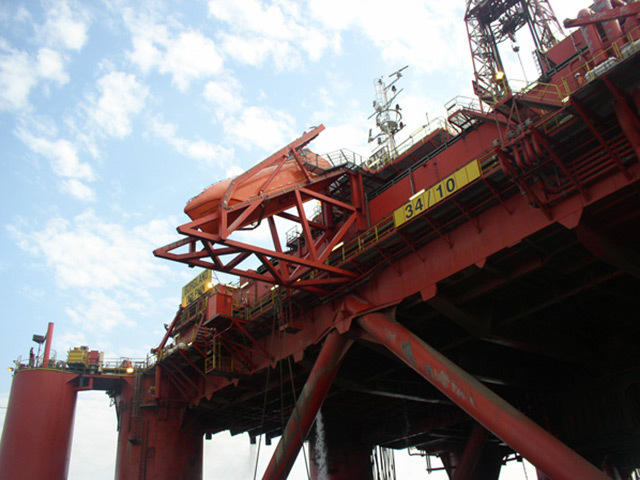
A gas find in the Norwegian Sea may turn out to be two separate reservoirs, and not one large one as previously thought.
Appraisal work on the Solberg find, northeast of the Tyrihans field by Wintershall had been looking to establish the amount of gas and condensate in place.
But drilling work by the Borgland Dolphin for operator Wintershall has found enough of a pressure difference that the Norwegian Petroleum Directorate has reclassified the original 20million standard cubic metre find as two distinct discoveries instead.
Aberdeen-based Faroe Petroleum, a partner in the project, said that preliminary data of the reservoir suggested better than expected quality.
“We are very pleased to announce the successful gas and condensate discovery on the Solberg prospect which has confirmed our exploration team’s play model and de-risked the potential for further Cretaceous fields in this area, identified through 3D seismic amplitude anomalies,” said chief executive Graham Stewart.
Early estimates by the NPD suggest the new discovery could contain up to 4million cubic metres of oil equivalent, while the original discovery has been downgraded a maximum of 6million recoverable cubic metres.
“The difference in pressure measurements between wells indicates that there is no communication between the appraisal wells and the 6407/1-6 S discovery,” said the directorate.
“Well 6407/1-7 has therefore proven a separate discovery, and will be reclassified as a wildcat well.”
Recommended for you
